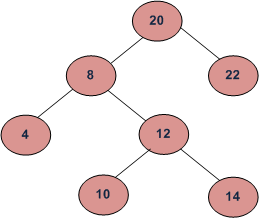All Path and find out which path has a sum,
http://algorithms.tutorialhorizon.com/files/2014/11/Maximum-Sum-path-between-two-leaves.png

-5->4 ->11 -2 -8 7 12==> sum(20) -12-7+8+2-11 = 0
helper(root, List<Integer> )
list.add(root.val)
//** check every path so far, are they a sum, by minus all the previous node to check
we look “up” to see if we’ve found the sum.“does this node complete a path with the sum?”
helper(root.left, new List<Integer>(list) )helper(root.right, new List<Integer>(list) )
http://codercareer.blogspot.com/2011/09/no-04-paths-with-specified-sum-in.html

Figure 1: A binary tree with two paths where the sum of all nodes value is 22:
One is the path contains node 10 and 12,
and the other contains node 10, 5 and 7
2. Implementation
http://karmaandcoding.blogspot.com/2012/11/binary-search-tree-any-path-sum.html
2. Implementation
// Time:O(n log n) // 2^r nodes at level r // ever level every node // n node, and for each node loop up take O(logn) void findSum(TreeNode root, int sum, List3. Similar oneslist, int start) { // Base case if ( root ==null ) return; int tmp = sum; list.add(root.val); for (int stop = start; stop >=0; stop--) { tmp = list.get(i); if (tmp == 0) print(list, start, stop); } findSum(root.left, sum, new List (list), start+1); findSum(root.right, sum, new List (list), start+1); } void print(Lsit lsit, int start, int stop) { for (int i = start; i <= stop;i++) { System.out.print(list.get(i)+" "); } System.out.println(); }
http://karmaandcoding.blogspot.com/2012/11/binary-search-tree-any-path-sum.html




